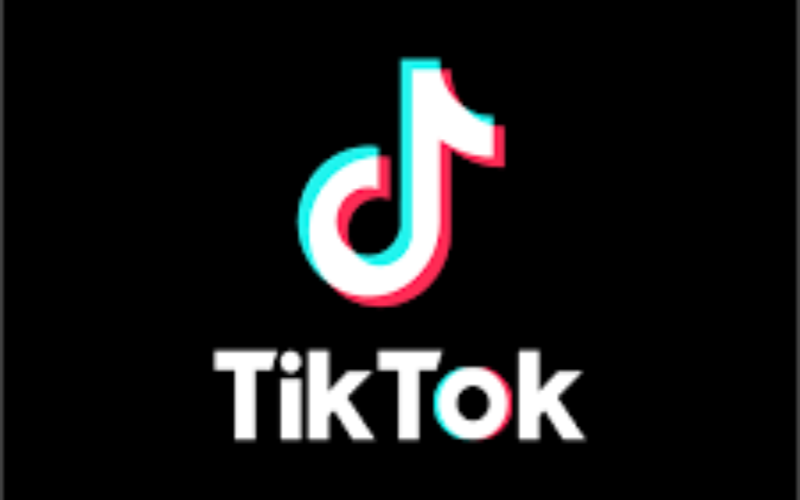
Tiktok blew up and gained traction in 2020 when the Covid-19 pandemic was at its peak.
Currently, the app is so popular that it commands an audience of over 800 million active users and has recorded 2 billion app downloads from the google and app store.
Research has proven the time spent on TikTok surpasses even the time spent on google, which has been the most popular website for the longest time has been the most popular website.
Unlike Facebook and Instagram TikTok allows the sharing of lip-sync videos. At the onset, the app dominantly commanded the teen audience otherwise known as the Generation Z
What started as a video-sharing social network has evolved to become an avenue for brands and corporates to advertise their products and services.
The popularity of Tik Tok has been propelled by several factors. First, is its availability in 155 countries and 75 languages. As such, it is available to most people, if not all. All you need is average to stable internet connectivity.
However, the overuse of the app does not come without its share of setbacks.
In two studies, scientists concluded that users’ attention spans are shrinking due to the overuse of TikTok.
Attention span is the period during which your mind can focus on a specific task before you get distracted.
The studies prove that an overabundance of information narrows our attention spans.
A short attention span brings about effects such as:
•Dismal performance in school or at work
•Communication problems
•Inability to complete tasks assigned
•Interferes with our learning abilities
A study conducted by Tasmin et al proved that individuals with a shorter attention span due to overuse of social media suffer a higher risk of psychological distress and are more susceptible to mental health issues.
The study also concluded that individuals with an over-reliance on social media fall prey to unethical advertising techniques.
Manipulative advertising uses facts to play with the emotions of the target consumer to get them to buy a specific product or service.
Examples of manipulative advertising include the exaggeration of claims, misleading arguments, and the use of emotional appeal.
The danger does not lie with Tiktok alone but with many other social media platforms.
However, TikTok has mastered the art of engaging a user thereby increasing the dwell rate.
This is achieved through the creation of short videos normally 20-60 seconds long.
Another setback of TikTok is the dangerous trends that have reportedly caused serious consequences for some participants.
Online predators have also infiltrated Tiktok to lure users to chat and gain information on future victims.
By Fridah Wangechi | 1 year ago
By Fridah Wangechi | 1 year ago
By Fridah Wangechi | 1 year ago
By Fridah Wangechi | 1 year ago